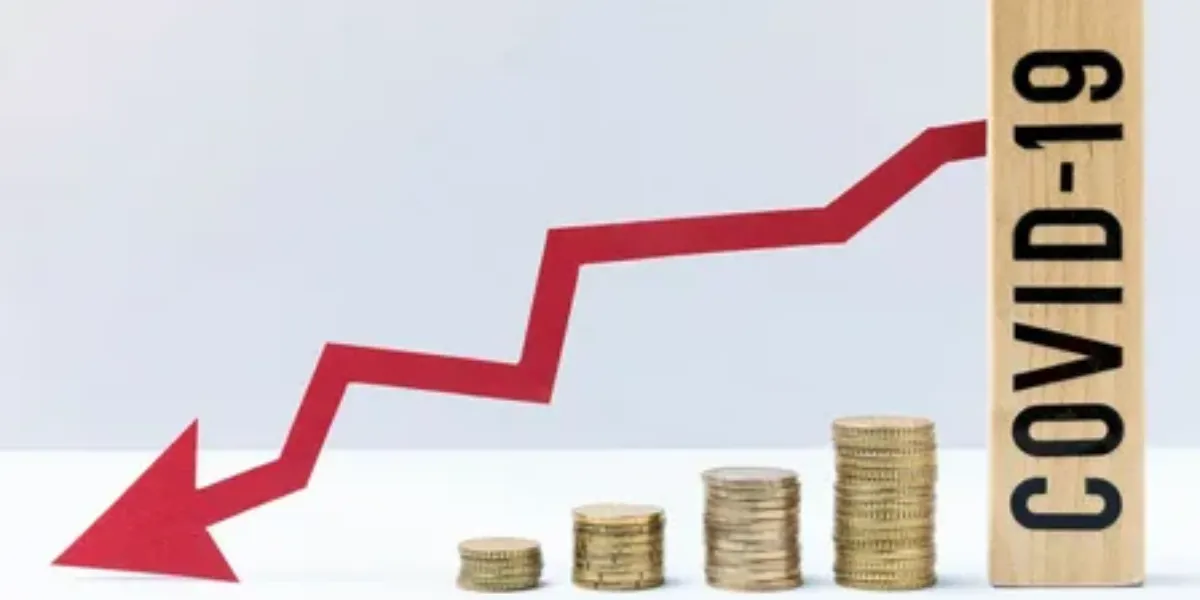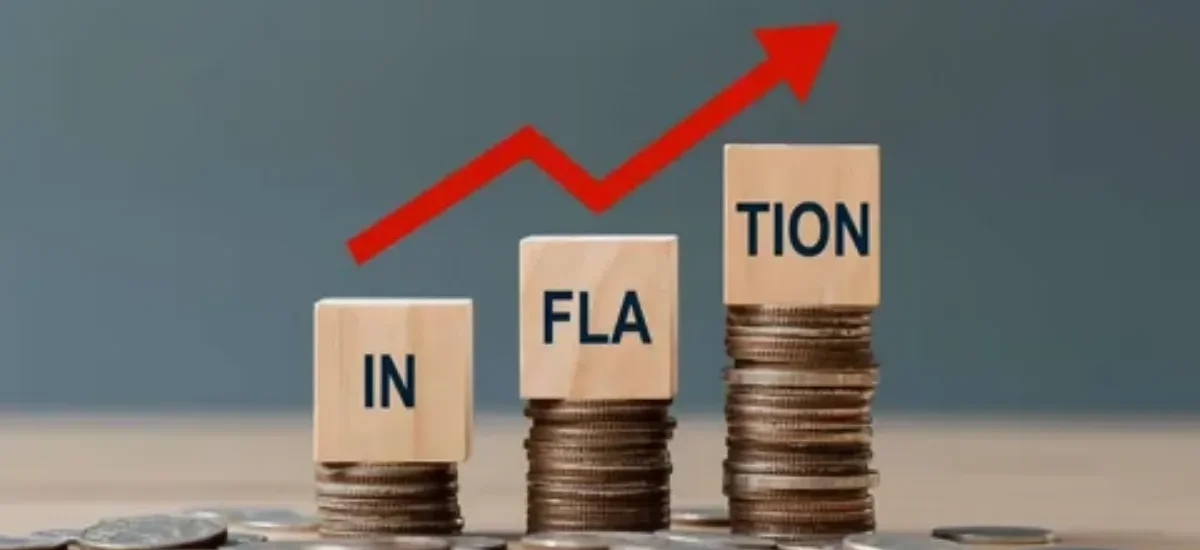Navigating Economic Turbulence: A Comprehensive Guide to Low Rates, Recession, and Debt

In the intricate web of global economics, the interplay between interest rates, recession, and debt forms a complex tapestry that affects individuals, businesses, and nations alike. As we delve into the depths of these economic phenomena, it becomes evident that understanding their dynamics is crucial for navigating the ever-changing landscape of financial stability and growth.
Understanding Low Rates: Their Role in Economic Dynamics
Low interest rates, often implemented by central banks, are a monetary policy tool aimed at stimulating economic activity by making borrowing cheaper. In theory, this encourages spending, investment, and ultimately, economic growth. However, the real-world implications are multifaceted.
Recession: Causes, Impacts, and Trends

A recession is characterized by a significant decline in economic activity, typically marked by falling GDP, rising unemployment, and reduced consumer spending. Causes can vary, ranging from external shocks like pandemics or geopolitical tensions to internal factors such as unsustainable debt levels or asset bubbles.
The Complex Relationship Between Interest Rates and Recession
While low rates can spur economic activity, they can also signal underlying weaknesses in the economy. Persistently low rates may indicate prolonged economic stagnation or the need for aggressive stimulus measures to avert recessionary pressures.
Debt Dynamics: The Backbone of Modern Economies

Debt plays a central role in modern economies, facilitating consumption, investment, and growth. However, excessive debt levels can pose significant risks, potentially leading to financial crises or sovereign defaults if left unchecked.
The Impact of Low Rates on Borrowing and Spending
Low interest rates incentivize borrowing and spending, leading to increased consumer debt and asset prices. While this can provide a short-term boost to the economy, it may also sow the seeds of future financial instability if accompanied by speculative bubbles or unsustainable borrowing practices.
Navigating Economic Challenges: Strategies for Individuals

In times of economic uncertainty, individuals can adopt various strategies to safeguard their financial well-being. These may include reducing debt, diversifying investments, and building emergency savings to weather potential downturns.
Government Response to Recession: Policies and Interventions
Governments often implement fiscal and monetary policies to mitigate the impact of recession, including stimulus spending, tax cuts, and quantitative easing. However, the effectiveness of these measures depends on factors such as timing, magnitude, and coordination.
Debt Management: Tips for Individuals and Businesses

Effective debt management is essential for financial stability and resilience. Strategies such as prioritizing high-interest debt, negotiating repayment terms, and avoiding excessive borrowing can help individuals and businesses navigate challenging economic conditions.
Investing in Times of Economic Uncertainty
While economic uncertainty may deter some investors, it also presents opportunities for those willing to take calculated risks. Diversifying investments, focusing on long-term fundamentals, and staying informed about market trends can help investors capitalize on emerging opportunities.
The Role of Central Banks in Managing Low Rates and Debt

Central banks play a crucial role in managing interest rates and overseeing monetary policy. Their decisions influence borrowing costs, inflation expectations, and overall economic stability, making them key actors in shaping the trajectory of economic growth and financial markets.
Global Economic Trends: How Low Rates and Debt Influence International Dynamics
In an interconnected world, economic trends in one country can have far-reaching implications across borders. Low rates and high debt levels in major economies can influence global capital flows, exchange rates, and trade dynamics, highlighting the interconnected nature of modern finance.
Long-Term Effects of Low Rates and Increased Debt Levels

The long-term consequences of low rates and rising debt levels are subject to debate among economists. While they may stimulate short-term growth, they can also lead to asset bubbles, income inequality, and structural imbalances that pose challenges for sustainable development.
Looking Ahead: Predictions and Preparations for Future Economic Scenarios
As we peer into the future, it’s essential to anticipate potential economic scenarios and prepare accordingly. Whether through scenario planning, stress testing, or contingency measures, individuals, businesses, and policymakers can better position themselves to navigate the uncertainties of tomorrow’s economic landscape.
In the intersection of low rates, recession, and debt forms a complex nexus that shapes the trajectory of economies around the world. By understanding the underlying dynamics and adopting prudent strategies, stakeholders can navigate economic challenges, seize opportunities, and build a more resilient future.
Click here for more visited Posts!





